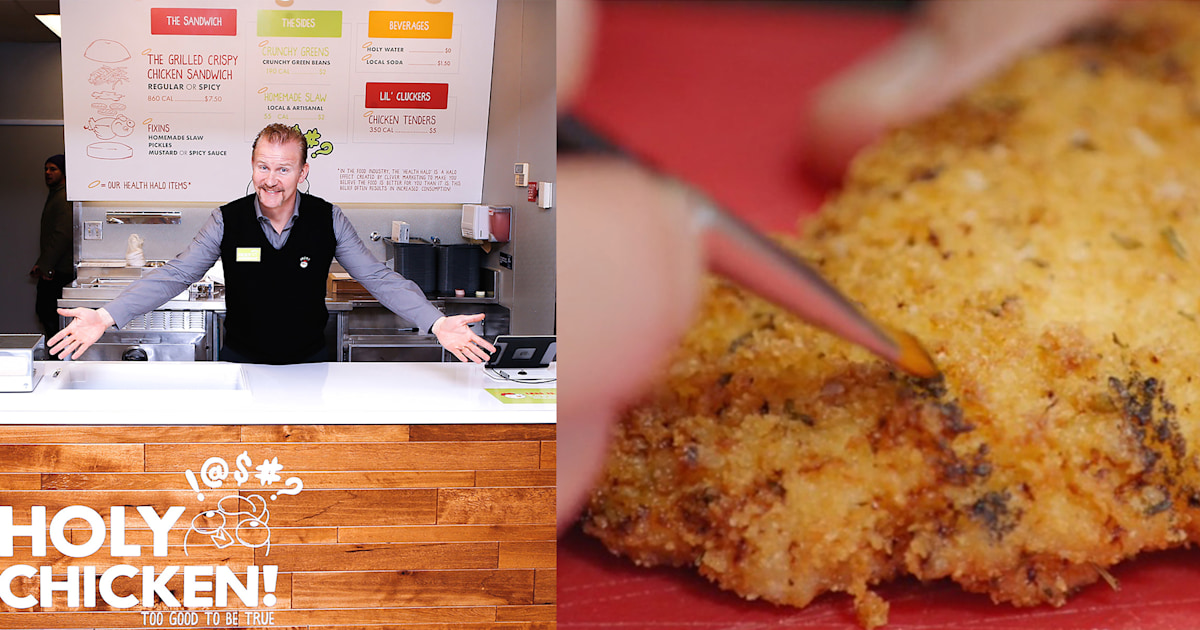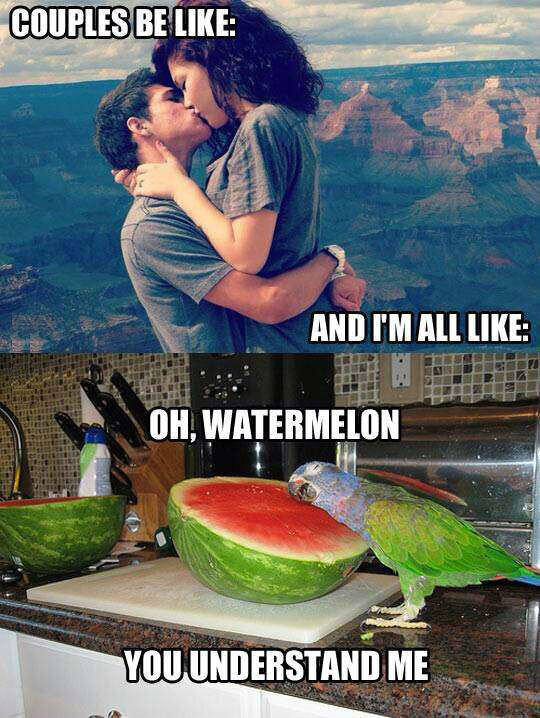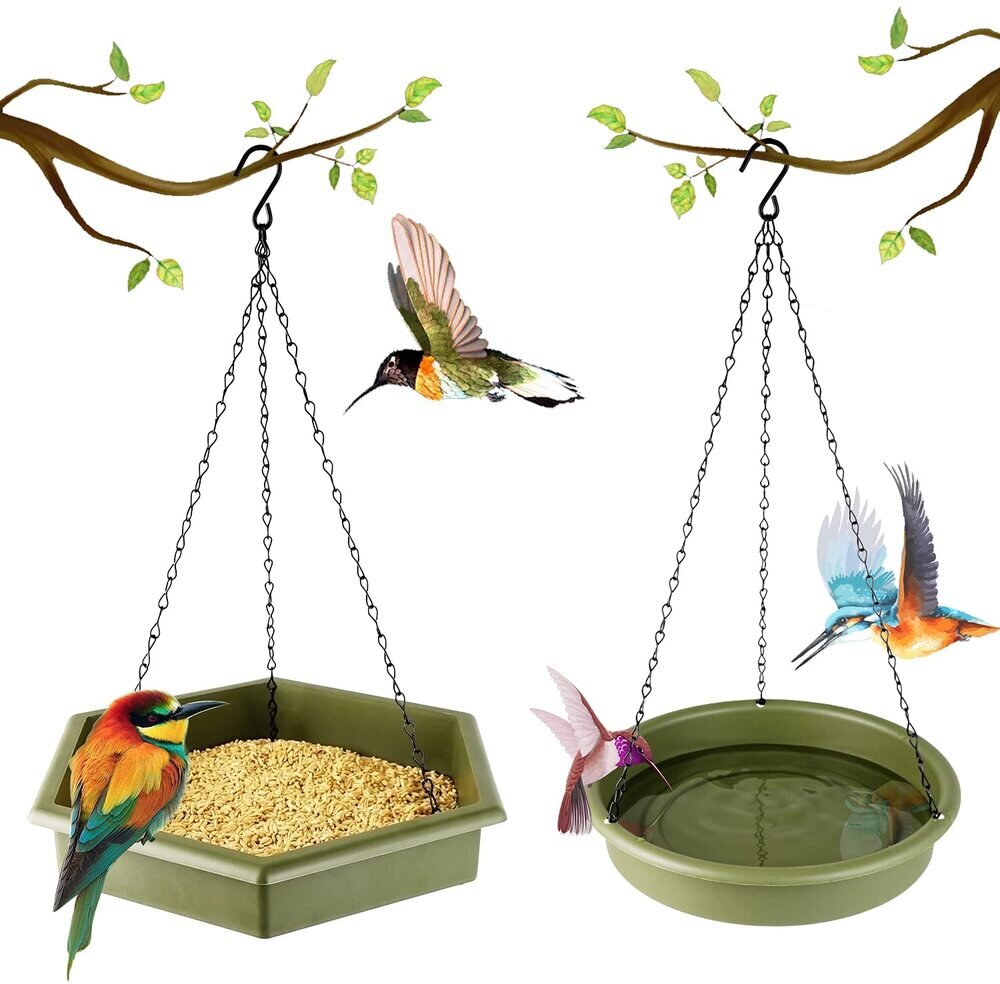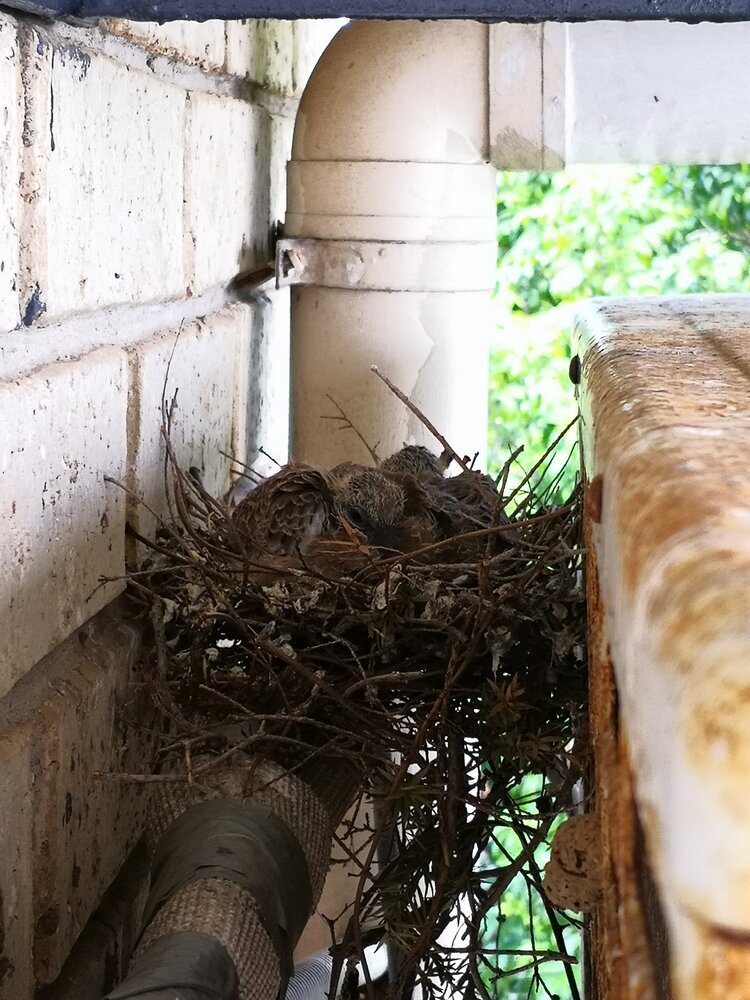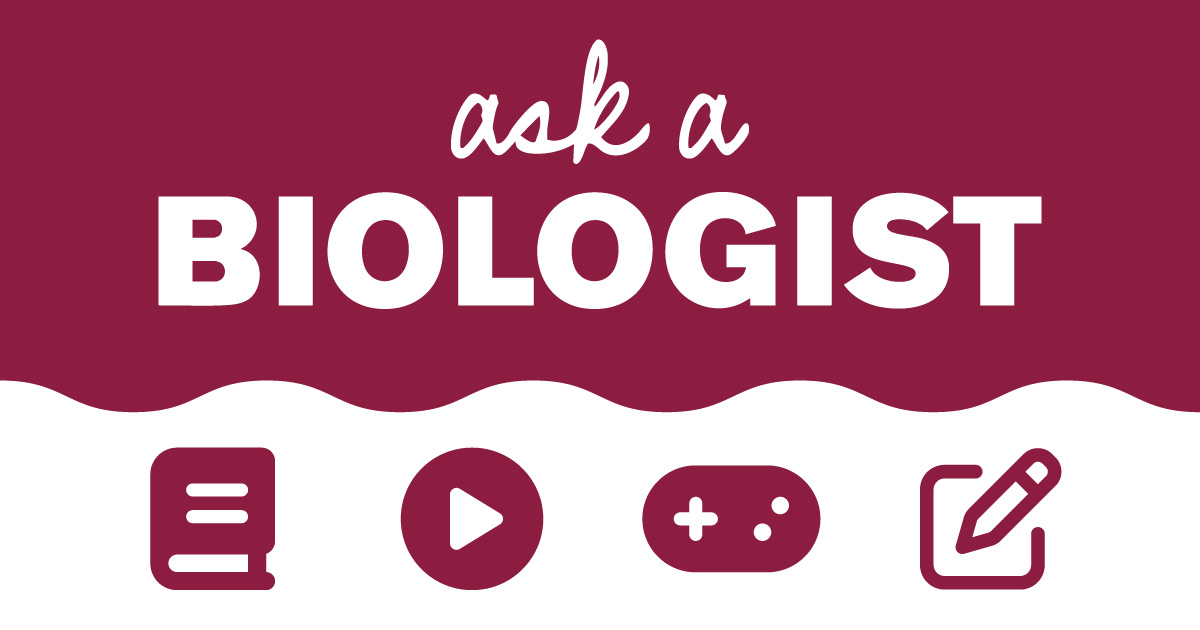
If birds evolved from dinosaurs, would that make them reptiles too? | Ask A Biologist
Yes, birds are reptiles, but let me explain a bit. Biologists use two types of classification systems, the Linnaean and the phylogenetic. The Linnaean system was developed by Carolus Linnaeus in the 1730's. In the Linnaean system, organisms are grouped by characteristics regardless of their...
Archosaurs were the ancestors of dinosaurs and crocodiles, but they were only distantly related to modern snakes, lizards, and turtles, groups that had split off at different times. Then, 65 million years ago there was a massive extinction event, and all dinosaurs were killed except for a single group of feathered dinosaurs. These evolved over the next 65 million years into modern birds. So birds aren't just closely related to dinosaurs, they really are dinosaurs! And they are most closely related to crocodiles, which also came from archosaurs. This is what most people mean when they say that birds are reptiles, although technically, according to the phylogenetic system, birds, reptiles, and mammals all share a reptile-like ancestor.
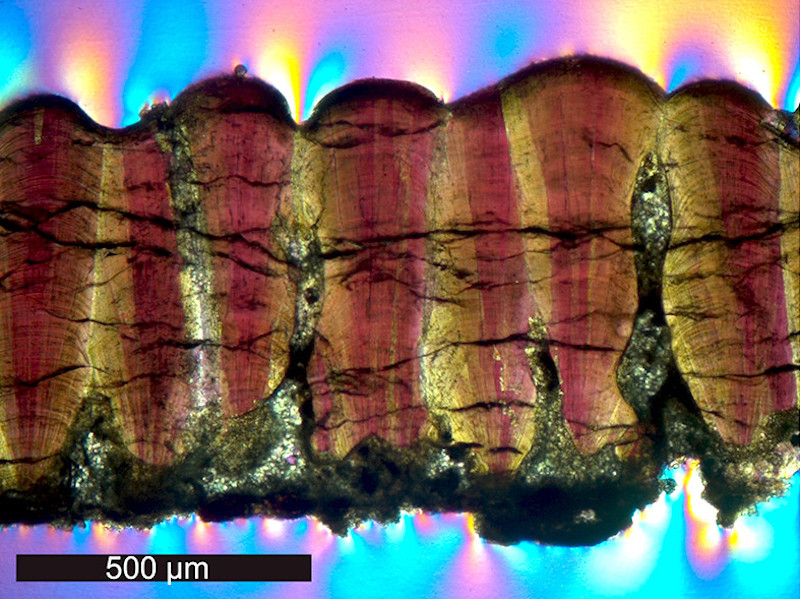
| EarthSky
Were dinosaurs warm-blooded or cold-blooded? According to a new study that analyzed the chemistry of dinosaur eggshells, the answer is "warm."
A new study that analyzed the chemistry of dinosaur eggshells suggests that dinosaurs were warm-blooded.

Scales, Feathers and Hair Have a Common Ancestor (Published 2016)
An ancient reptilian creature was found by researchers to be the source of the spikes, plumage and fur that cover reptiles, birds and mammals.
Reptiles have scales. Birds have feathers. Mammals have hair. How did we get them?
For a long time scientists thought the spikes, plumage and fur characteristic of these groups originated independently of each other. But a study published [in 2016] suggests that they all evolved from a common ancestor some 320 million years ago.
Last edited:



